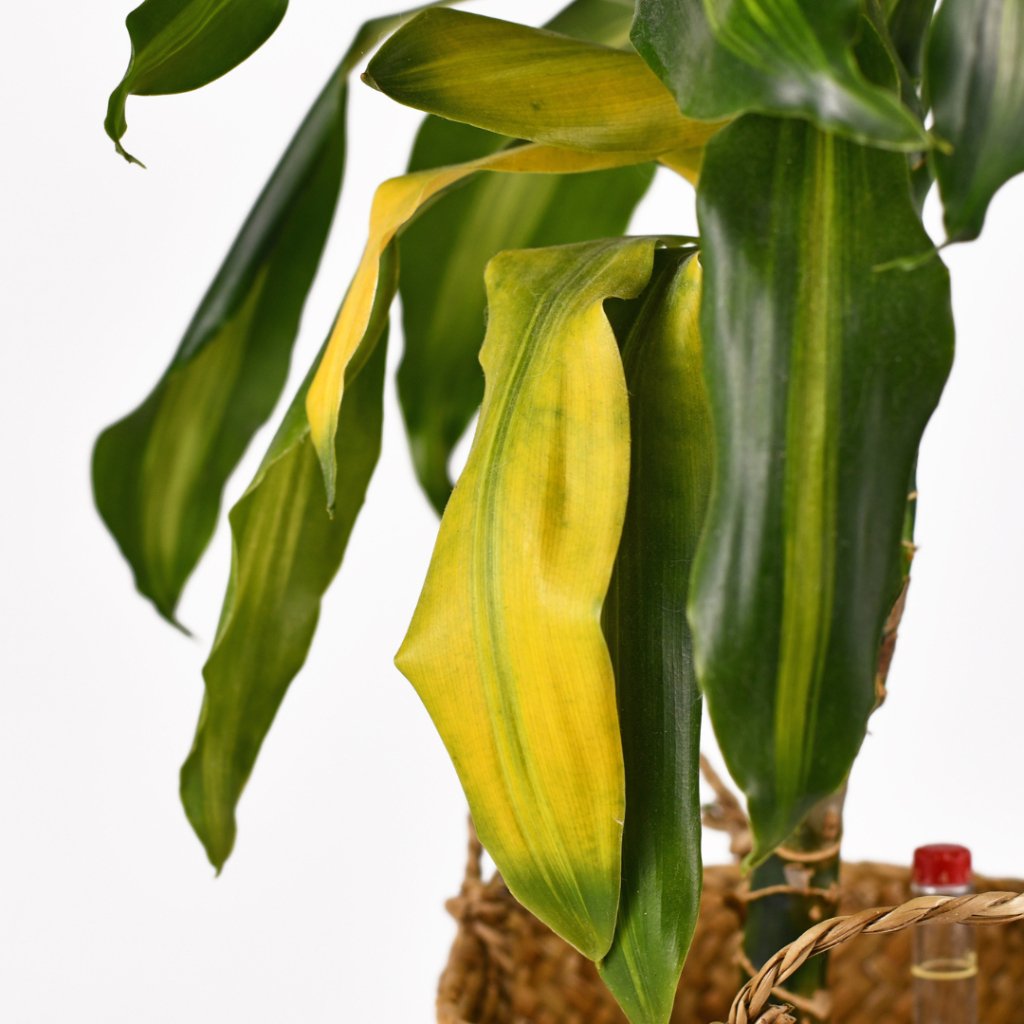
Understanding Yellow Leaves: A Guide to Healthy Plant Care
As a plant parent, nothing can be more disheartening than seeing your once-vibrant green leaves turn yellow. It’s a sign that something’s not quite right, but fear not! Yellow leaves are like your plant’s way of sending a distress signal; with the right care, you can turn things around. Let’s dive into the common causes of yellow leaves and how to nurse your plants back to health.
1. Overwatering or Underwatering: Finding the Balance 💧
Watering issues are the most common cause of yellow leaves. Too much water can lead to root rot, depriving your plant of the oxygen it needs. On the other hand, too little water causes the leaves to dry out and yellow. The trick is to find the right balance.
Tip: Check the soil before watering. If the top inch of soil is dry, it’s time to water. Ensure your pot has drainage holes to prevent water from sitting at the bottom.
2. Light Levels: The Right Amount of Sun ☀️
Plants rely on sunlight for photosynthesis; improper lighting can lead to yellow leaves. If your plant isn’t getting enough light, the leaves may start to yellow and drop. However, too much direct sunlight can also scorch the leaves, leading to yellowing.
Tip: Place your plant in the spot where it gets the right amount of light for its species. For example, most indoor plants thrive in bright, indirect light.
3. Nutrient Deficiency: Feed Your Plants 🧪
Just like us, plants need a variety of nutrients to stay healthy. A lack of essential nutrients, particularly nitrogen, can cause leaves to yellow. This is because nitrogen is a crucial component of chlorophyll, the molecule responsible for the green color of leaves.
Tip: Use a balanced fertilizer like our Plant Food Sticks, during the growing season to keep your plants well-nourished. If yellowing persists, consider testing your soil to check for specific nutrient deficiencies.
4. Pests and Diseases: Tiny Troublemakers 🐛
Sometimes, yellow leaves are a sign of pests or diseases. Insects like aphids, spider mites, and whiteflies can damage your plant’s leaves, causing them to turn yellow. Fungal infections can also lead to discoloration.
Tip: Regularly inspect your plants, especially the undersides of the leaves, where pests like to hide. If you spot any, treat them with an appropriate insecticide or a natural remedy like neem oil.
5. Temperature Stress: Keep It Consistent 🌡️
Plants are sensitive to temperature changes. Exposure to cold drafts, sudden temperature drops, or extreme heat can stress your plant, leading to yellowing leaves.
Tip: Keep your plants in a stable environment, away from direct drafts and extreme temperature fluctuations. Most indoor plants prefer temperatures between 65-75°F (18-24°C).
6. Natural Aging: Part of the Plant Life Cycle 🍂
Sometimes, yellow leaves are simply part of a plant’s natural aging process. As plants grow, older leaves at the base may turn yellow and drop off to make way for new growth.
Tip: If only a few leaves are yellowing and the rest of the plant looks healthy, it’s likely just natural aging. You can gently prune these leaves to keep your plant looking tidy.
Bringing Your Plant Back to Health
Once you’ve identified the cause of yellow leaves, it’s time to take action. Adjust your watering schedule, move your plant to a better-lit spot, or give it a nutrient boost with plant fertilizer sticks. With a little care and attention, your plant will be back to its lush, green self in no time!
Remember, every plant is unique, so it may take some trial and error to find what works best. Keep observing, learning, and most importantly, enjoying your journey as a plant parent!
Explore our range of gardening products at Lazy Gardener to help you keep your plants thriving, from fertilizers to plant care kits.
Happy gardening! 🌿


Leave a comment